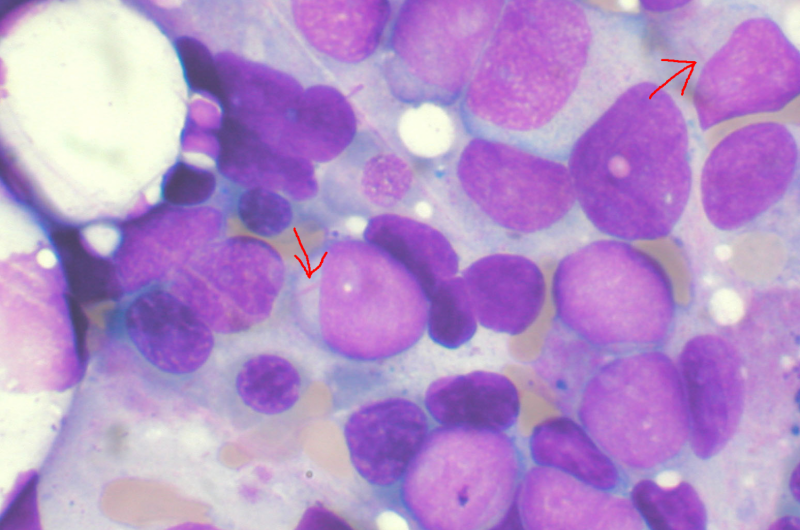New Surface Protein Mechanism Identified in Leukemia Cells to Evade Immune System

Lund University researchers have identified a surface protein, SLAMF6, that helps leukemia cells evade immune detection. Blocking this protein may lead to new targeted therapies for resistant AML.
Researchers at Lund University in Sweden have uncovered a novel mechanism by which acute myeloid leukemia (AML) cells evade detection by the immune system. The team identified a specific surface protein, SLAMF6, that is uniquely expressed on leukemia stem cells but absent on healthy blood stem cells. This discovery was made through extensive protein mapping in bone marrow samples from patients with resistant AML and compared with healthy donor cells. The presence of SLAMF6 on cancerous cells facilitates their escape from immune surveillance, allowing the disease to progress unchecked.
Further functional studies using CRISPR/Cas9 gene editing demonstrated that SLAMF6 plays a central role in helping leukemia cells avoid attack by T cells, the immune system’s primary defense. Notably, the team developed a targeted antibody against SLAMF6 in collaboration with the SciLifeLab Drug Discovery and Development Platform. Blocking this surface protein was shown to 'turn on' the immune response, enabling T cells to recognize and destroy the leukemia cells both in laboratory experiments and animal models.
This breakthrough provides critical insights into the limited effectiveness of current immunotherapies against AML and offers a promising new therapeutic target. By disrupting SLAMF6, the immune system’s ability to fight AML could be significantly enhanced. The research team is now working on further developing and testing the antibody, aiming toward future clinical trials. Additionally, they have established a spin-off company, Lead Biologics, to advance the commercial potential of this novel treatment.
This discovery marks a significant step toward personalized cancer therapy, where treatments are tailored based on tumor-specific immune evasion strategies. Continued research and clinical validation could see this approach becoming a vital component of AML treatment in the future.
Stay Updated with Mia's Feed
Get the latest health & wellness insights delivered straight to your inbox.
Related Articles
Innovative Cyclic Disulfide Lipids Show Promise in Halting Cancer Growth in Mice
Nagoya University researchers have created cyclic disulfide lipids that dramatically enhance mRNA delivery, showing promise in stopping tumor growth in mice and advancing cancer vaccine development.
Impact of Legislative Changes Threatening Healthcare Access for Immigrants in Minnesota
Legislative disputes in Minnesota threaten to withdraw healthcare access for undocumented immigrants amid growing enrollment and community concern. Read more about the ongoing debate affecting vulnerable populations.
Research Confirms Impact of Country of Origin on COVID-19 Vaccine Trust
Studies reveal that the country of origin significantly influences public trust and acceptance of COVID-19 vaccines. Understanding this effect is crucial for future health campaigns and vaccine strategies.
Understanding Rectal Location and Outcomes of Postcolonoscopy Colorectal Cancers
A comprehensive study investigates how rectal tumor location affects mortality in postcolonoscopy colorectal cancers, highlighting the importance of thorough rectal examination during screening. source: https://medicalxpress.com/news/2025-06-rectal-postcolonoscopy-colorectal-cancer-outcomes.html



